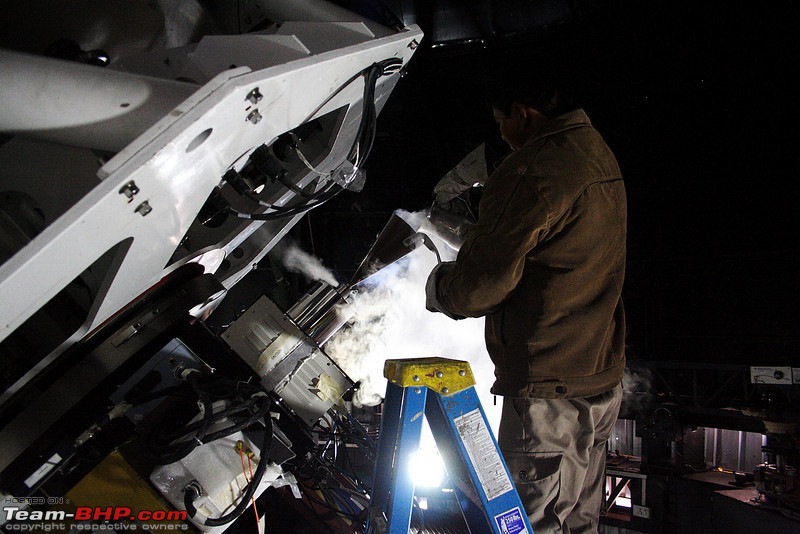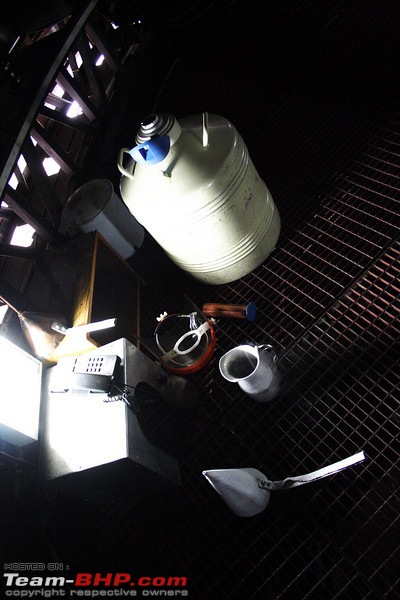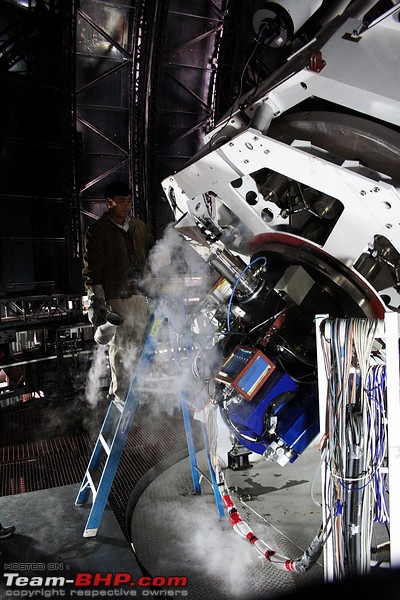Team-BHP
(
https://www.team-bhp.com/forum/)
- -
The DSLR Thread
(
https://www.team-bhp.com/forum/gadgets-computers-software/11582-dslr-thread-187.html)
Lovely captures of the eclipse!
Quote:
Originally Posted by it_inspector
(Post 1683752)
For example, for my shots, its either long exposures at ISO200 or studio shots, either way i don't really need high ISO (would rather freeze sensor to get better NR at long exposures) as i can control all the light i need. So it was a clear choice for me, specially since Australia government wanted to give back 50% on investments and 10% tax, ideally D3x turned out to be cheaper than buying a D3 under normal circumstances.
Thanks
|
How do you freeze the sensor? Would love to learn more about this!
@GD
Congrats on the D700. Its a brilliant camera, absolutely brilliant.
You cannot go wrong with a D3s. I can vouch for that, nothing can shoot in the night the way this camera does.
ISO 12800 performance of D3s.
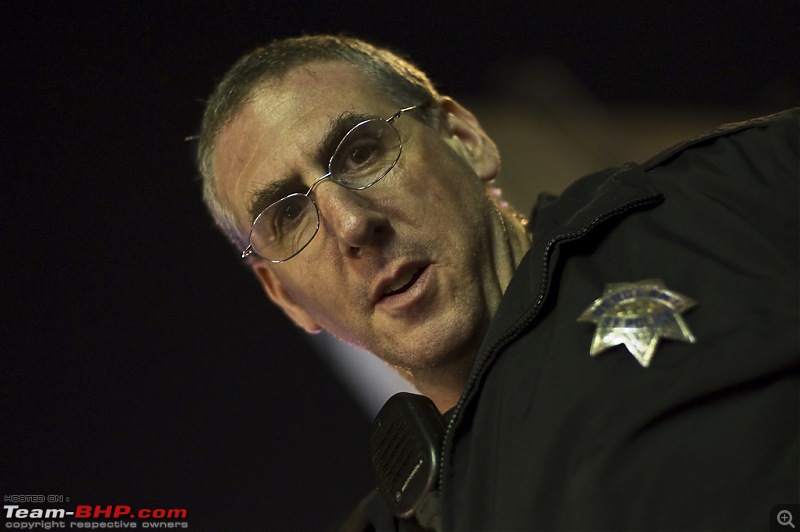
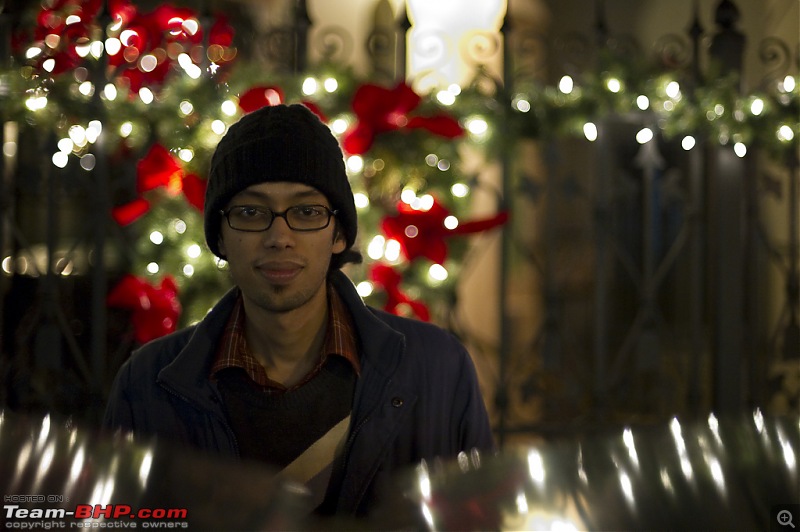
But if you need really big pics that need to be blown up on huge hoardings or posters, and have a plethora of hard disks to store huge files, go for d3x. But that being said, the 5D mark 2 is a brilliant choice if you are not into action stuff. It does a lot more than the d3x at a far lesser price and you really cannot go wrong with it.
Regards,
TG.
Thanks Mukul. Sankar bought the 700. I'm still with the 300. The 5D mark II body was for 1.17 L.
BTW, I'm a Nikon loyalist. Have used this brand for donkey's years. Have acquired some glasses over the years. Change would be resulting in bankruptcy..:D
Quote:
Originally Posted by Torqueguru
(Post 1683880)
@GD
Congrats on the D700. Its a brilliant camera, absolutely brilliant.
You cannot go wrong with a D3s. I can vouch for that, nothing can shoot in the night the way this camera does.
ISO 12800 performance of D3s. Attachment 265843 Attachment 265844
But if you need really big pics that need to be blown up on huge hoardings or posters, and have a plethora of hard disks to store huge files, go for d3x. But that being said, the 5D mark 2 is a brilliant choice if you are not into action stuff. It does a lot more than the d3x at a far lesser price and you really cannot go wrong with it.
Regards,
TG.
|
Quote:
Originally Posted by Sankar
(Post 1683868)
How do you freeze the sensor? Would love to learn more about this!
|
Probably put camera in the freezer or something just before taking a pic :D. But make sure you use a ziplock bag to avoid condensation!
The quality of bokeh is basically judged by its shape. The very smooth, circular bokeh is the best one and needs some investements. An e.g. a Nikkor 50mm f/1.8 will give hexagonal bokeh, OTOH the Nikkor 50mm f/1.4 gives very smooth circular bokeh.
The difference is obvious, and we think its only the build quality and aperture size of the two primes which causes the price difference.
@gd- 25k for the D200:Shockked: .. u kidding me. Recently one guy bought it used for 50k.
@To all the Full framers- Guys I need to see the quality in sharpness when the D700/D3 are pushed to limits. I have seen high ISO shots, but all of them were meant for demo purpose. There was no pinch of noise though, but the photo was not appealing.
How about a creative macro at amazingly high ISO (12800 e.g.). I am open to see a post processed shot, with all sorts of noise control filters applied. I want to see what max one can achieve.
Quote:
Originally Posted by Sankar
(Post 1683868)
How do you freeze the sensor? Would love to learn more about this!
|
Usually a part of body is cut out and sensor is taken out including the mount. Then a duplicate sensor mount is fashioned which is connected to external Peltier and heat sink. Insulated Heat pipes are used between Sensor mount and Peltier. A External fan is mounted on the heat sink.
Here's some links which can explain better and also provide results on how noise is affected by sensor temperatures:-
Peltier Cooling of Modified Canon Digital Rebel XSi (450D) - Version III -by Gary Honis Cooled DSLR Peltier Cooling Photo Gallery by Terry Lovejoy at pbase.com Central DS cooled Canon 350D Photo Gallery by Terry Lovejoy at pbase.com Peltier Cooling Photo Gallery by Terry Lovejoy at pbase.com
Ideally sensor is kept between 4-6C as condensation starts to happen if one goes any lower. Also insulation needs to be spot on between. This process is not reversible as sensor is epoxied to the mount rather than screwing it down. This is to remove pockets of air forming underneath the sensor which acts as quite good insulator. Also cutting the body to pass heat pipes also cannot be reversed. Colour correction filters might also be necessary.
Quote:
Originally Posted by tsk1979
(Post 1683927)
Probably put camera in the freezer or something just before taking a pic :D. But make sure you use a ziplock bag to avoid condensation!
|
Works but i learnt hard way, it only cools the external body not the sensor. I tried it on D90. Maybe D3x will cool down better since it uses magnesium alloy body, but not going to risk it till i have another one in my personal kit :D
Cheers
Wow! I didn't know such cooling thingys existed for DSLR. Thanks a lot it_inspector!
Is the sensor cooling done exclusively for Astro-photography?
Does the sensor heat up during astro photography or is it just to reduce noise as much as possible?
Quote:
Originally Posted by Sankar
(Post 1685609)
Wow! I didn't know such cooling thingys existed for DSLR. Thanks a lot it_inspector!
Is the sensor cooling done exclusively for Astro-photography?
Does the sensor heat up during astro photography or is it just to reduce noise as much as possible?
|
Basically sensors get hot as the exposure times increase. As the temperature increases noise levels increase and after certain time hot pixels start to turn up. Hot pixels can be permanent or temporary. Heat increases as size of sensor increases. It’s mainly to do with CMOS design rather than manufacturing defects.
Long Exposure Noise Reduction is based on the gradual heating and cooling of the sensor. Basically when a long exposure is taken, CPU will fill the buffer with raw data and will not process it into an image, it will simply let the sensor cool down and take reverse shots of the sensor and then remove noise from the original image. This basically means a 30sec exposure will be a 60 sec exposure plus 2-4seconds for processing depending upon the DSLR body.
Noise becomes worse as time passes and temperature rises. Even a single degree change in temperature makes a huge difference. Jacking up the ISO does provide reduction in exposure times but noise gets worse.
In Astro-Photography (especially deep space) exposures are sometime as long as 3hrs. If the sensor is not cooled there will be too much noise. At these scenarios, even built in Noise Reduction is prone to failure.
Hence people cool sensor and keep the temperature steady around 6-10 degrees since going lower causes condensation despite having insulation. Anything where long exposures are required, sensor cooling is beneficial, also when DSLR body is being used in extreme heat scenario’s but so far i have not seen a DSLR failing in middle of Australia so i reckon it should be fine, although i have seen quite a few P&S dying just due to extreme heat.
Some advanced users also add a small pipe to deliver CO2 Argon to the sensor front. This is to stop condensation between the sensor and rear element of the lens.
Cheers
speed P man - recently one kochi guy bought D200+ kit lens(es) for about 20-30% more than what gd saab quoted. ofc used well!
Well, well, this is what it went for. Of course the camera was pretty well used and it was evident from the looks of it.
Quote:
Originally Posted by Speed Pujari
(Post 1683958)
@gd- 25k for the D200:Shockked: .. u kidding me. Recently one guy bought it used for 50k.
|
Quote:
Originally Posted by phamilyman
(Post 1687088)
speed P man - recently one kochi guy bought D200+ kit lens(es) for about 20-30% more than what gd saab quoted. ofc used well!
|
Hello Guys,
Thanks it_inspector on the TEC fundaes, never knew there were used in cameras as well. Excellent read!
Apologies in advance for the Mini OT. First of thanks to all members who have responded and clarified some of my queries. I am actually going in reverse direction in figuring out what are some of the important things I would require to set up an amateur kit and then I will decide on the camera body stupid:. So I have the following: Boy, It sure is expensive to take the plunge.
1. Lenses: Minimum cost combination of lenses or single lens which gives me 18-200 mm coverage. I feel it should whet the appetite for both wide angle and telephoto albiet with Barrel and Pincushion distortion.
Experts, please comment if the kit lens in Nikon D90, with its Kit lens 18-105 mm is upto task mentioned as the camera body in DX format which should ideally boost telephoto range by 1.5 times
2. Filters CPL & ND: Hoya, experts would you approve? Singh-ray was too expensive, Cokin needed an attachment (i would be wrong here). Which model numbers/price should I go for?
3. Tripod: Vivitar 1200 looks like a low cost alternative? What performance parameters should I look at when selecting a tripod. As this could be a long term purchase, any other alternatives that you could suggest.
Thanks looking forward to your responses and feedback!
Best,
Hello Friends,
This question is more on thought leadership. As APC format DSLR becme cheaper there is going to substantial uptake of these camera bodies and lenses but in the next 5 years we might see even the price of full frame D-SLR cameras will decrease to the point that it going to be in the reach of average joe like yours truly. Infact, I feel in 5 years every camera in the D-SLR range will have full frame as standard.
In that case what happens to all those lenses which were manufactured for APC/Dx format. The solution today seems to be expensive as customers to buy dedicated lenses on account of vignetting and sell off existings lenses. so we have 3 challenges:
1. Upgrade cost to a full frame DSL
2. Upgare cost to Dedicated lenses for full frame
3. reduced price for existing lenses in used market, which could delay upgrdation by about 2 years (Assumption)
Should not companies focus on making a simple attachment to make the transition easier as higher grade cameras would typically have higher margins, moreso today than tomorrow because prices are seen to be decreasing across models.
Like the teleconverter which enhances lens performance, can a concave-convex attachment be manufactured which first disperses and then converges light accurately to aviod vignetting on a full frame. Well there is certainly need for such a system.
Experts, what are your thoughts, are there unsurmountable technical challenges?
Best,
Quote:
Originally Posted by fatboyslim
(Post 1688033)
Like the teleconverter which enhances lens performance, can a concave-convex attachment be manufactured which first disperses and then converges light accurately to aviod vignetting on a full frame. Well there is certainly need for such a system.
|
I think an extension tube without any optics can avoid vignetting at the expense of increasing the zoom unnecessarily. There is no need of having some optics in the tube for that purpose alone. Having extra optical elements can reduce the overall optical quality (CA) of the lens + tube with glass elements again inside them.
Will there be only full frames manufactured in the next five years? I don't think so. APS-C will co-exist with full frames for some more time IMO.
| All times are GMT +5.5. The time now is 06:06. | |




